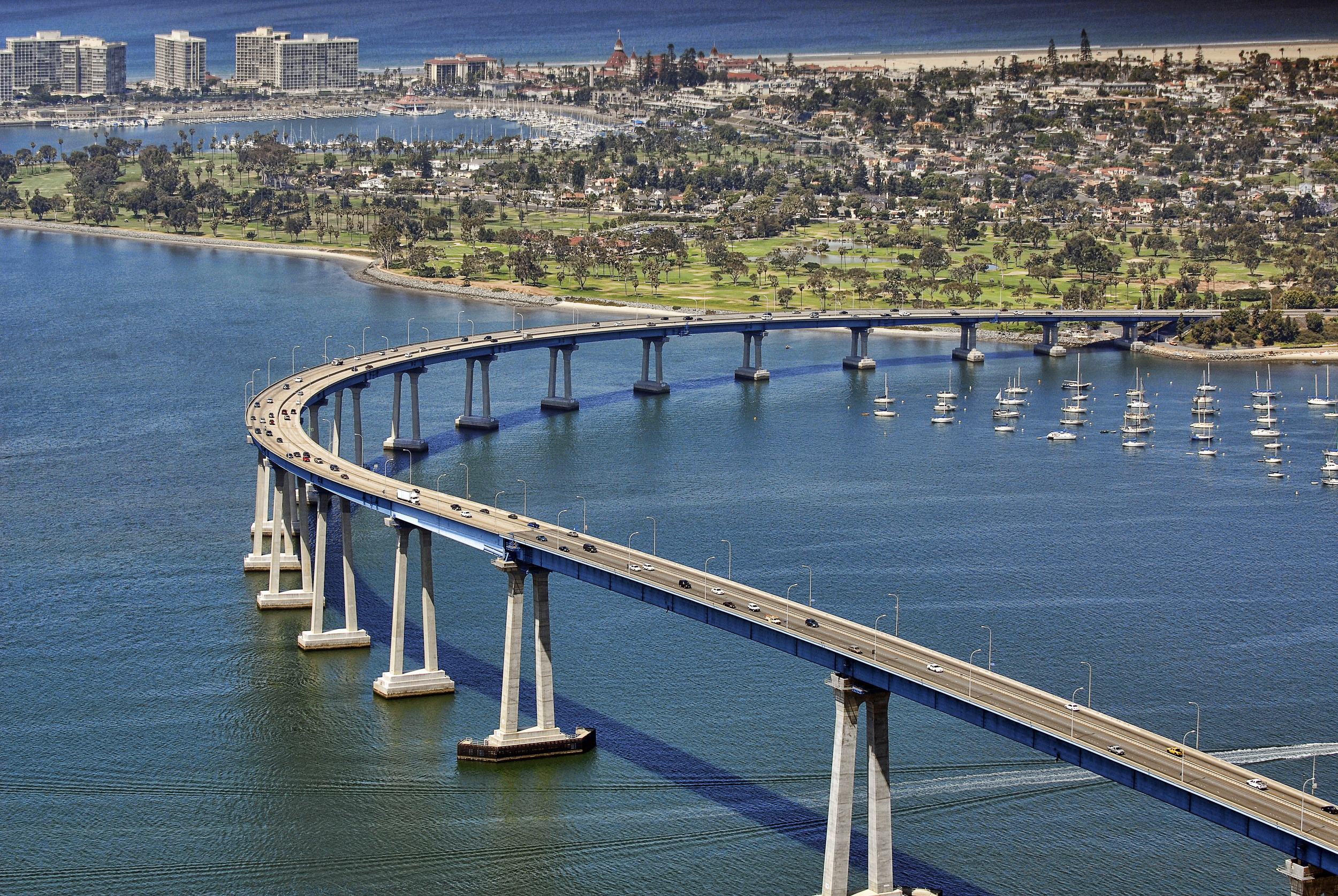
GEOFENCING
CREATE COUPON ZONES THAT GET RESULTS
By now, you’ve probably heard of geofencing – you may have even experienced it for yourself – but you may still have some questions about how it works, and more importantly, how it can work for your business.
Geofencing is the establishing of a virtual fence around a predefined geographic area. When one of your app users enters or exits the area, you can set your app to push a message to the user. Thus, the geofence allows you to send location-specific messages to your fans when they’re in the area.
- Create a messaging zone around your business or competitors locations
- Clients that enter your zone receive your message
- Learn about your customers habits and where they go to create more efficient marketing strategies
Example:
You own a bar in San Diego. Place a perimeter around downtown San Diego and the Coronado Bridge. When visitors enter that zone a message is sent with a special offering, “Come visit us for 2 for 1 drink specials all night with this coupon!”
How is geofencing used?
Many businesses use geofencing to simply send special offers to customers when they walk or drive near a business’s location. Beyond that, however, lays a ton of variety. For example, real estate agencies can push notifications to possible buyers when they come near open houses, and bands can send messages to fans when they walk by a concert venue the band will be performing at soon.
But businesses are not limited to using their own locations!
A law firm could, if it wished, send a notification to a user when he or she entered a bail bonds office. A coffee shop could trigger a notification when a fan walked into another coffee shop. A wedding planner could trigger notifications when fans travel into various wedding-related venues, and offer helpful tips.
The possibilities are quite broad, and many businesses are still exploring them. If you’re creative, geofencing can open up a lot of interesting new possibilities for your business.
When it comes to the radius of your main geofence, smaller is better!
It’s clear that businesses can set the radius of their main location’s geofence to whatever size they wish, but what’s the right size? Well, a citywide radius obviously won’t help much – it lacks the convenient linkage between message and proximity to the sender. Instead, if your business has a lot of competition, it’s best to focus on your own backyard. Literally. Keep in mind, however, that if you’re the only game in town, a bigger radius is fine.
Other key considerations:
Geofencing is not just about bombarding users with messages whenever they go places. If you do that, they’ll opt out of your messaging altogether or delete your app. Instead, the customer has to come first. Always consider whether or not you would want to receive your messages as a hypothetical user, and think about the value your program provides.
To accomplish this, don’t think of geofencing as just another way to sell to your audience. Instead, use it as an organic way to connect and add value. You wouldn’t want your favorite companies exploiting every channel to boost sales, but if they pop up every now and then with something timely, relevant, and useful, it can be kind of neat.
Therefore, your goal should be to use your geofence messages to improve your customers’ experiences, and provide them with benefits. If you can do that, while also driving traffic to your location and activity on your promotions, so much the better. But remember that if you want your geofencing program to be a success, put the customer ahead of yourself.

